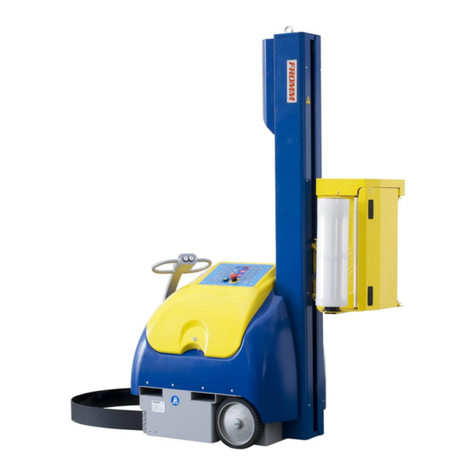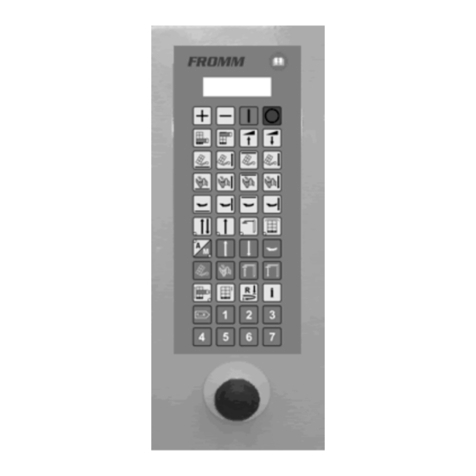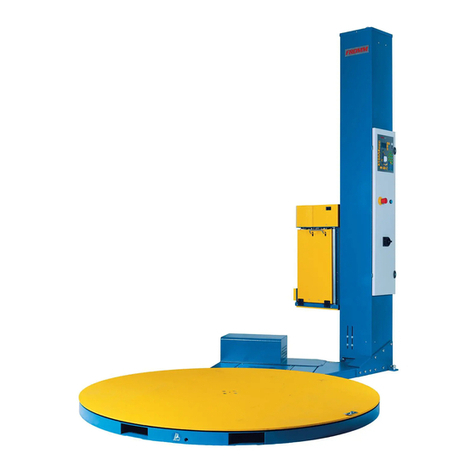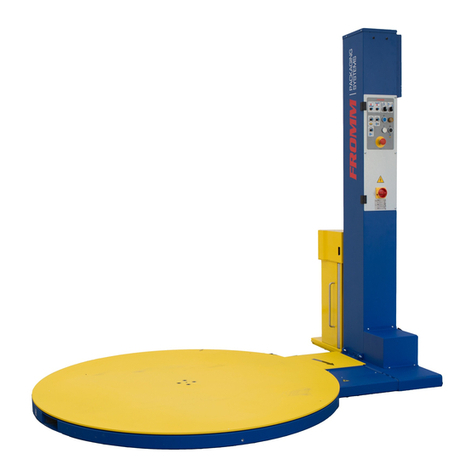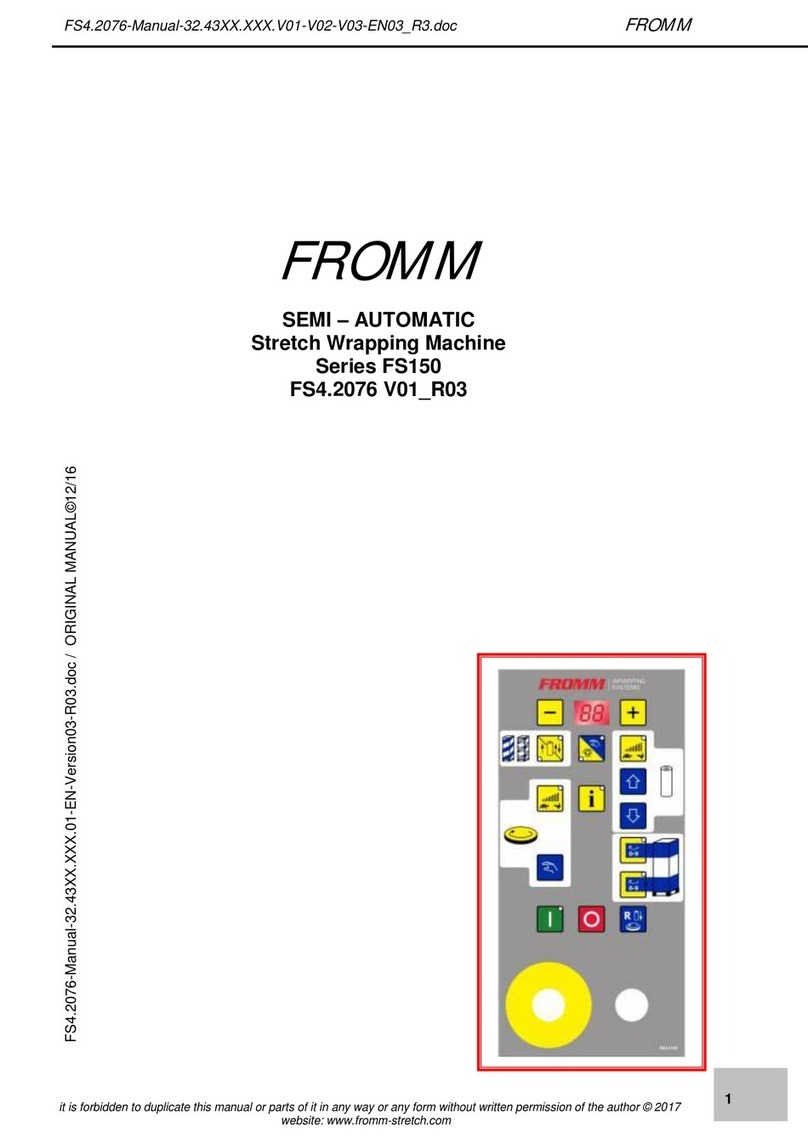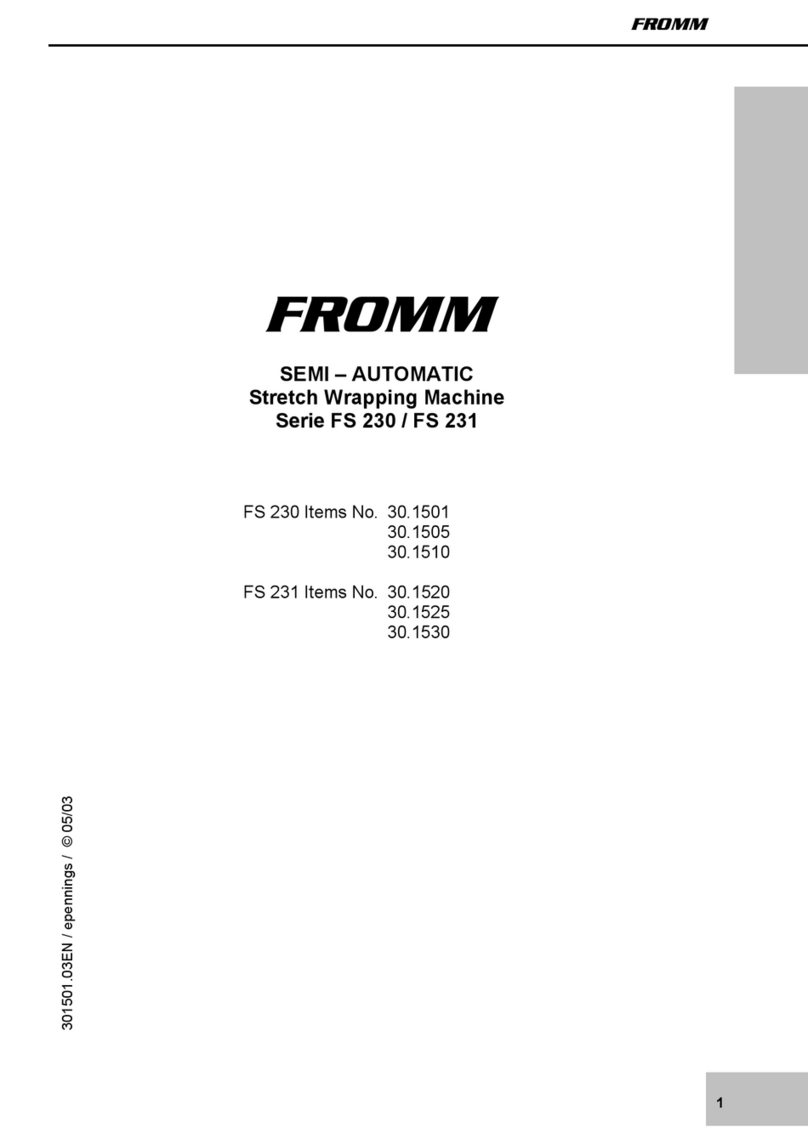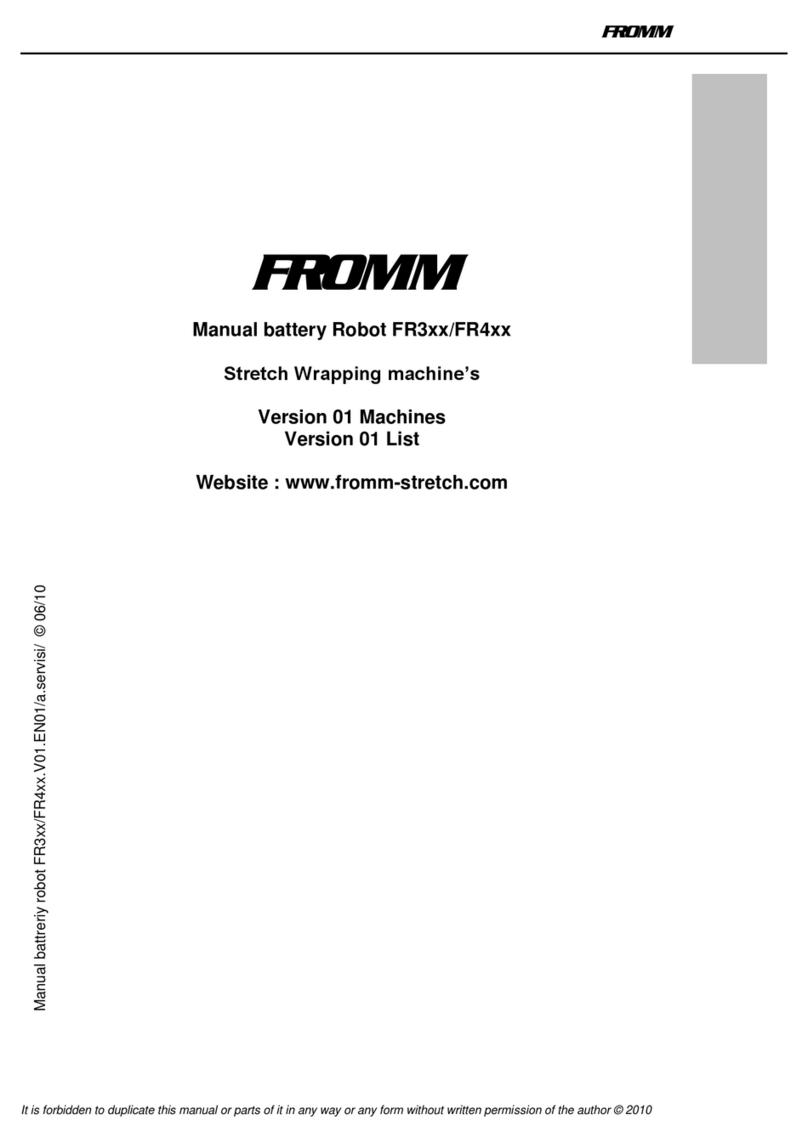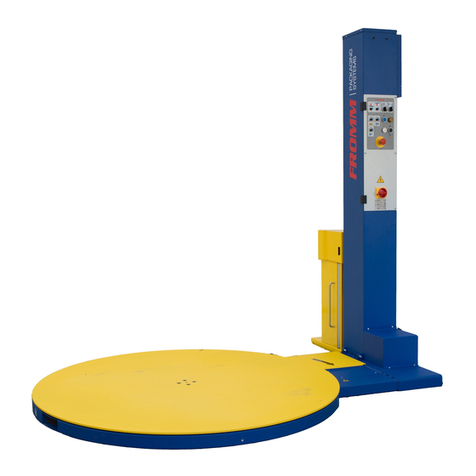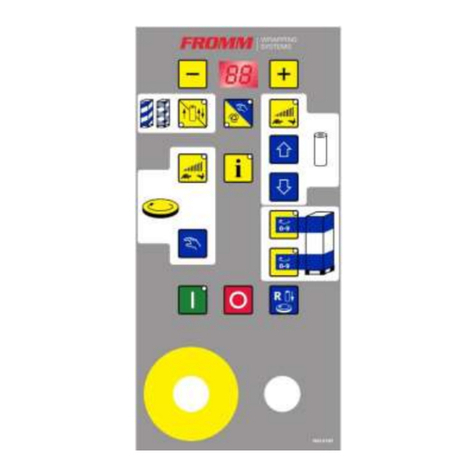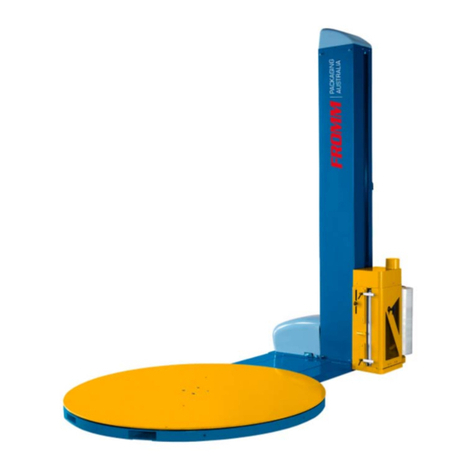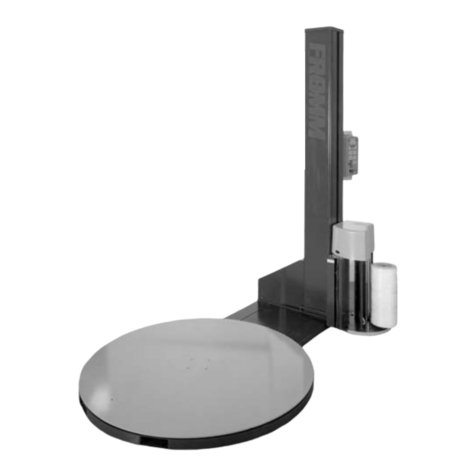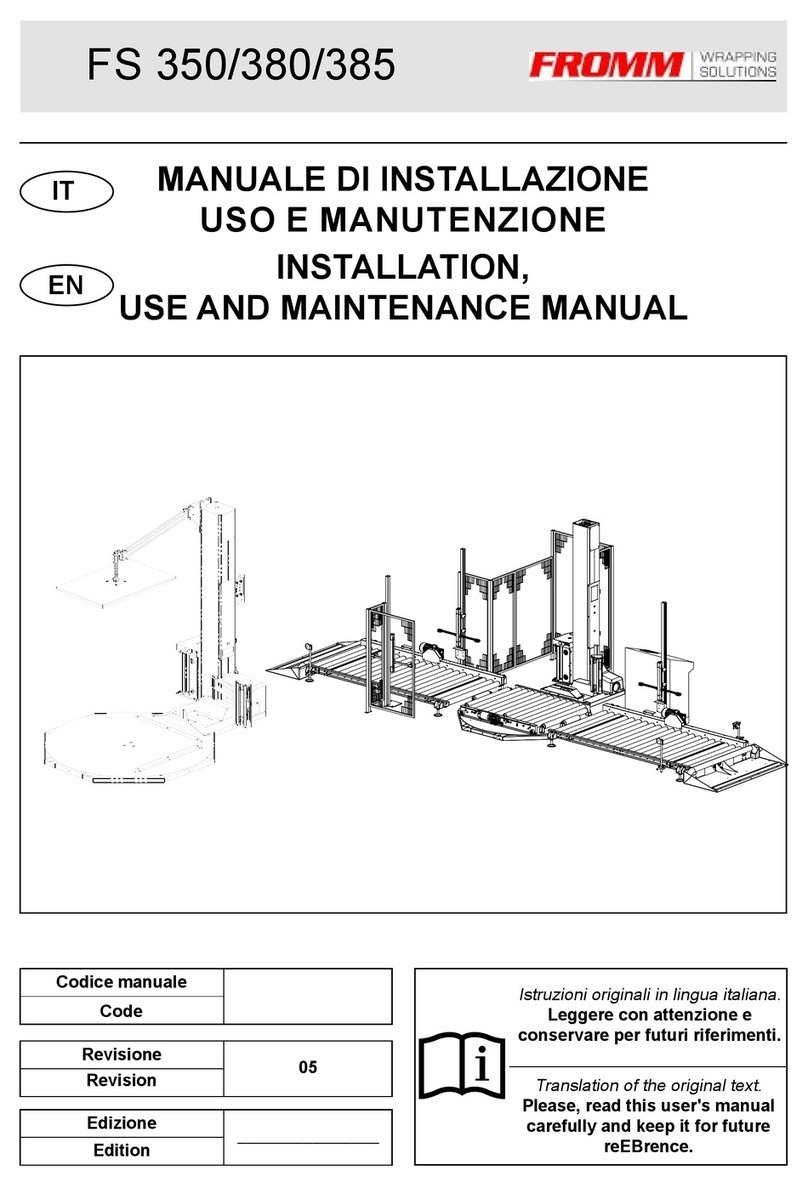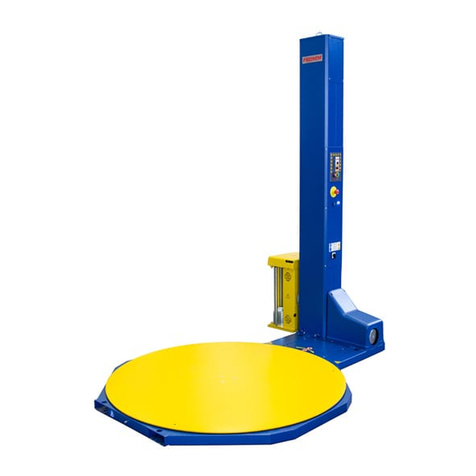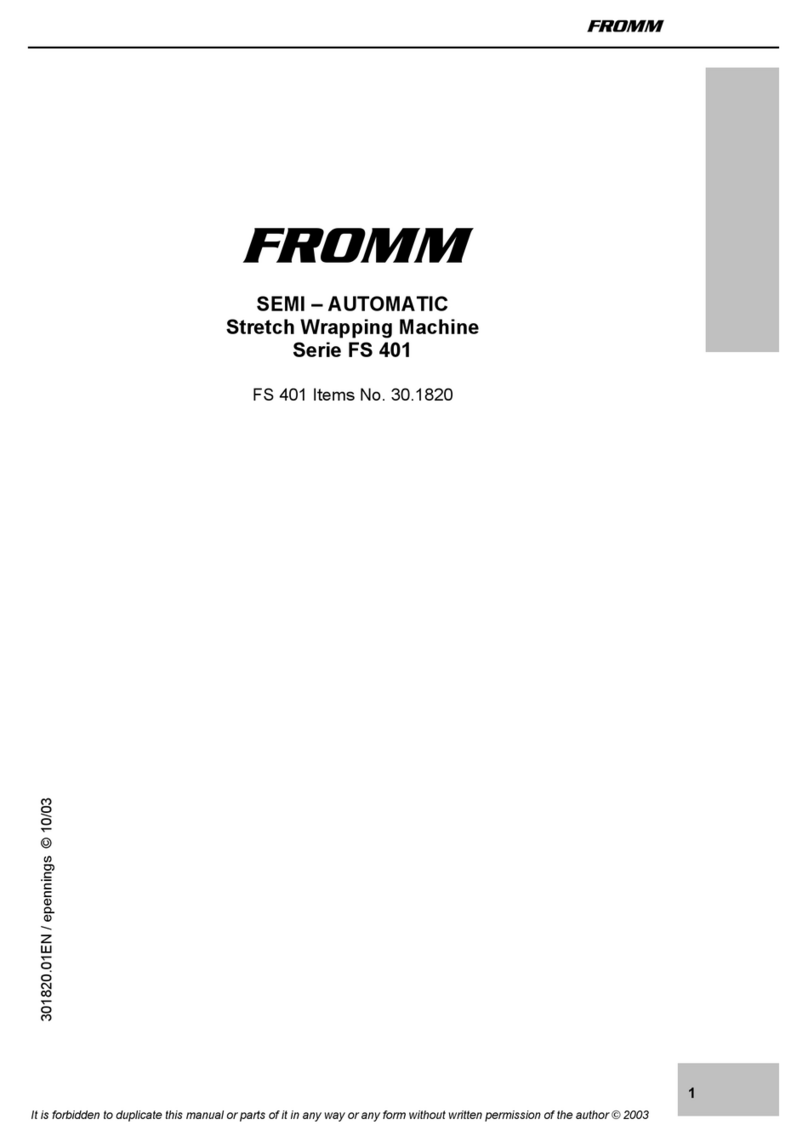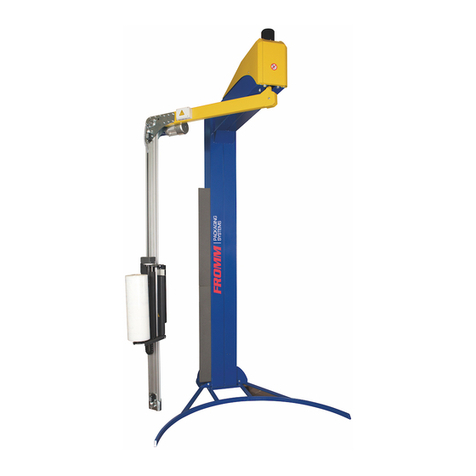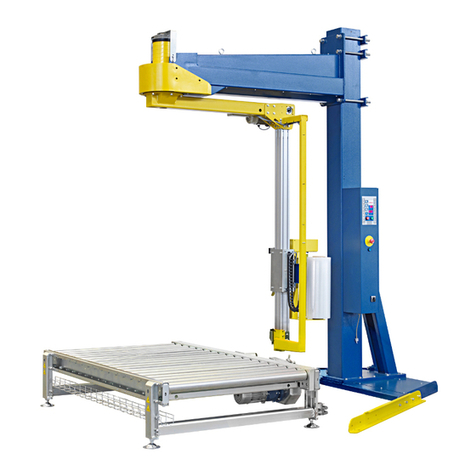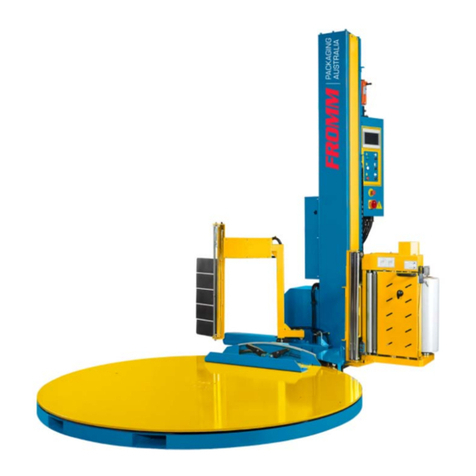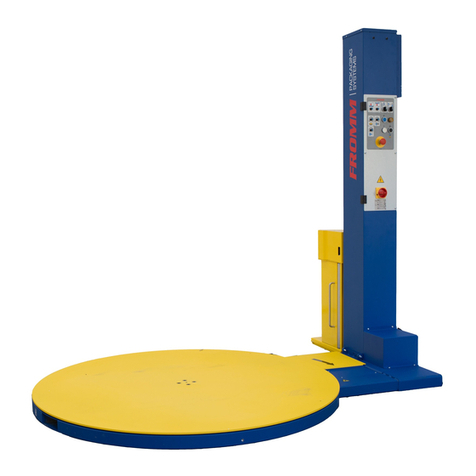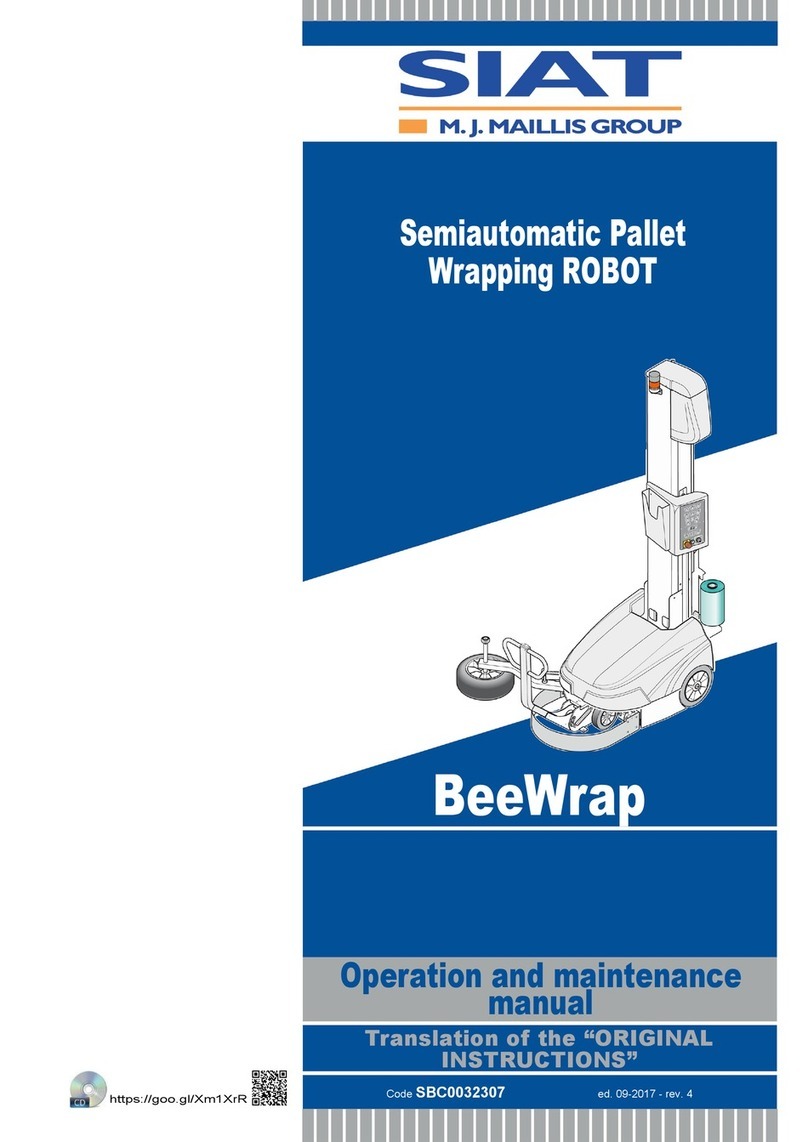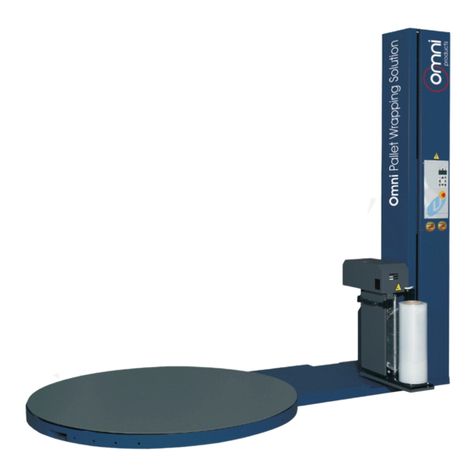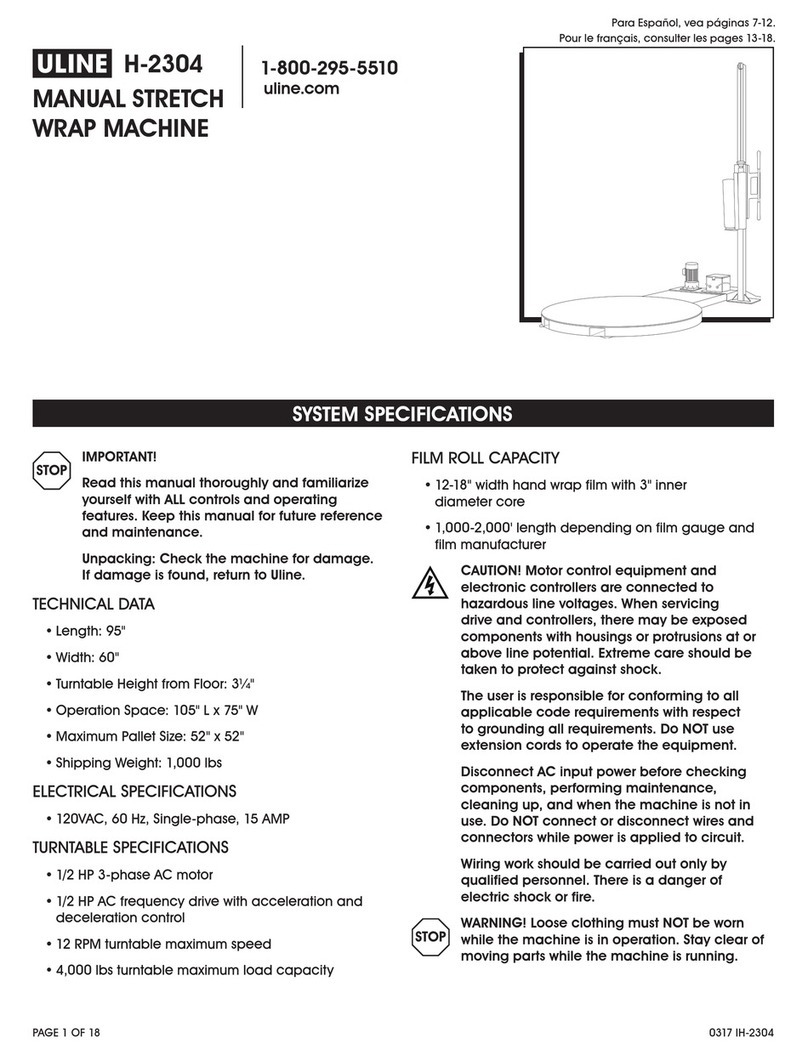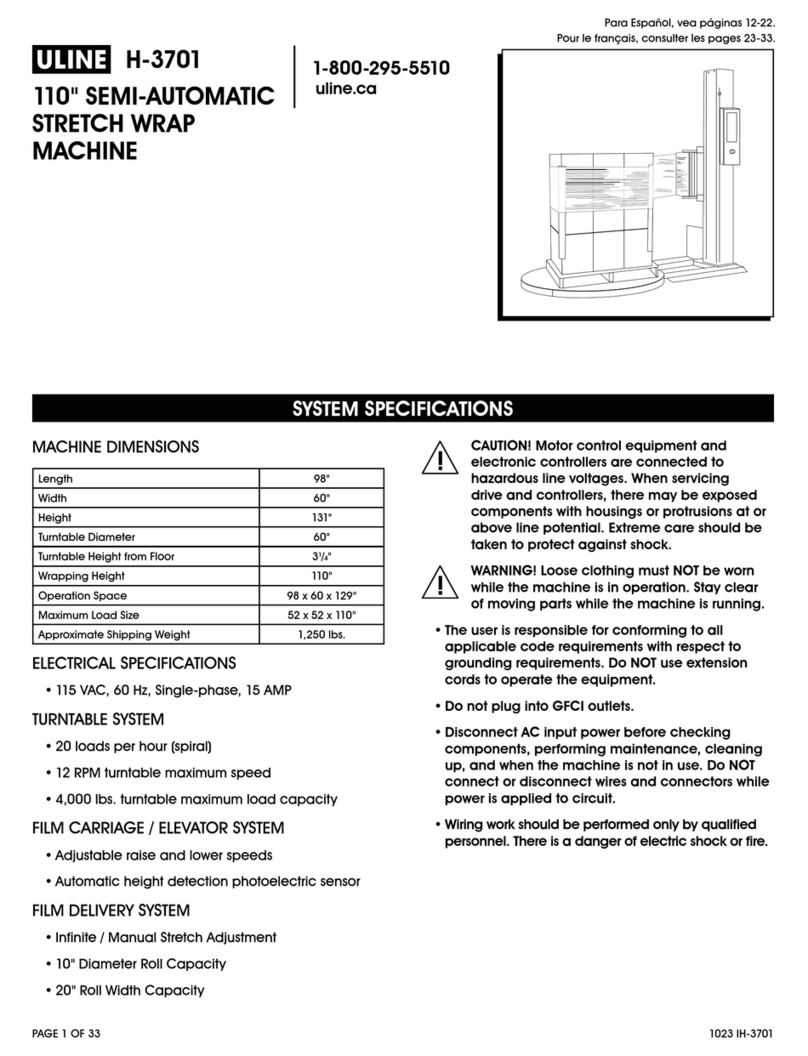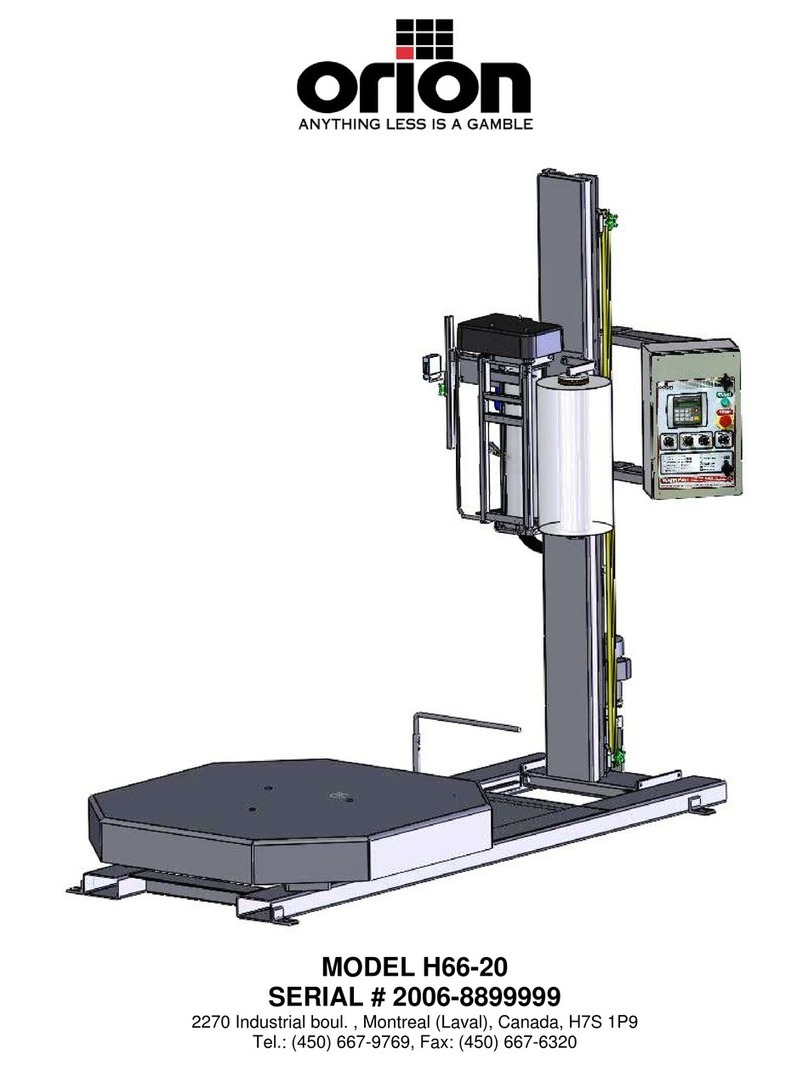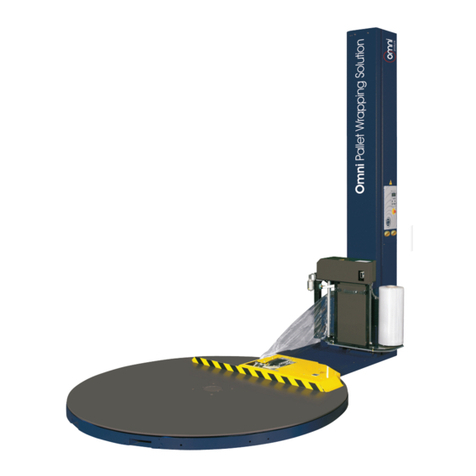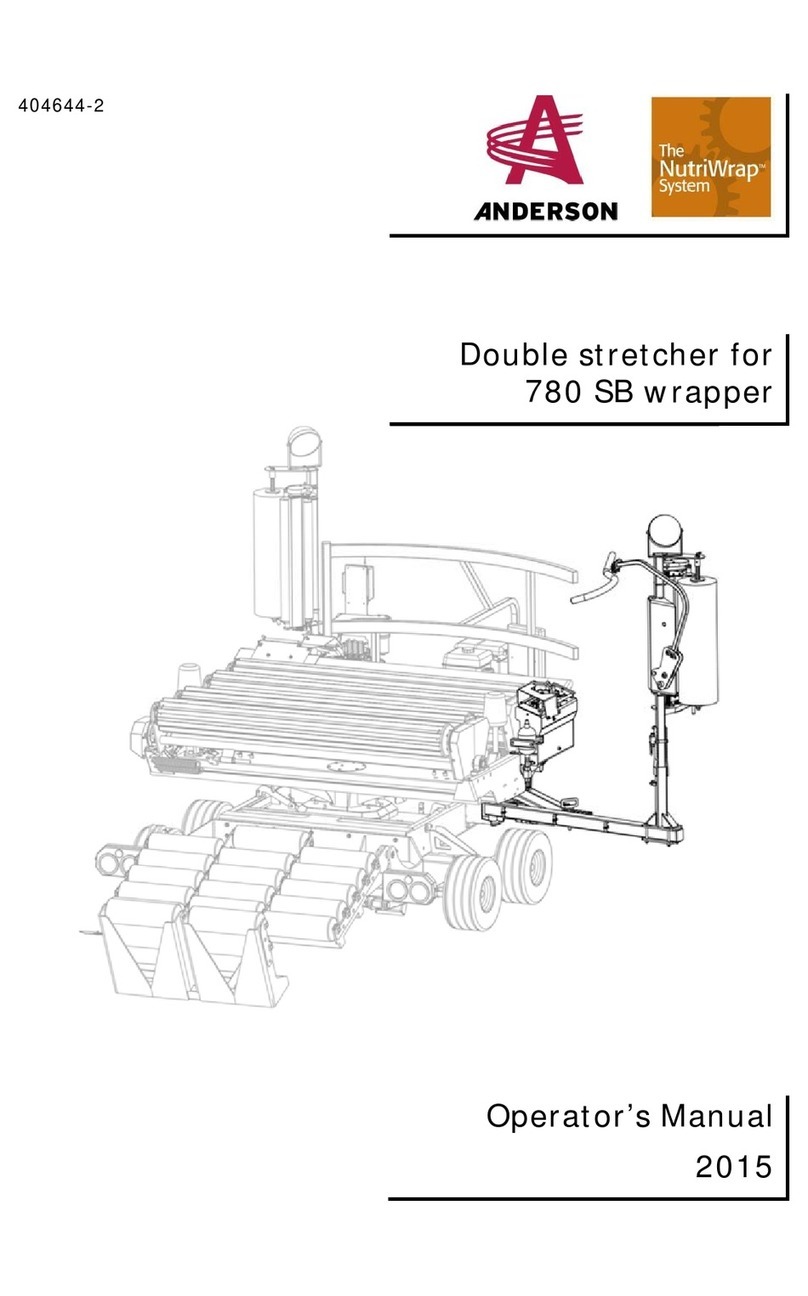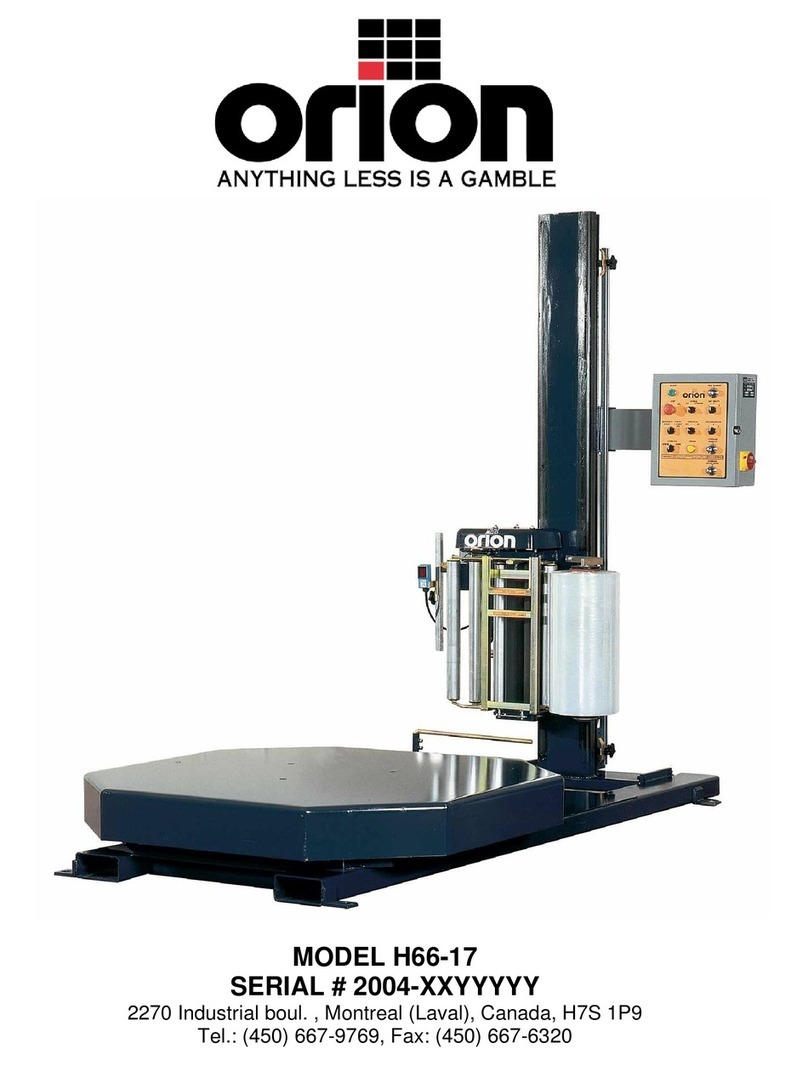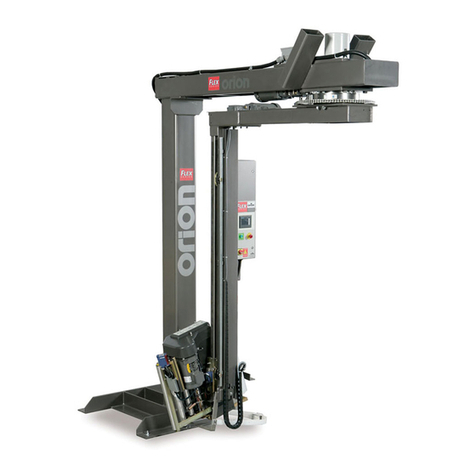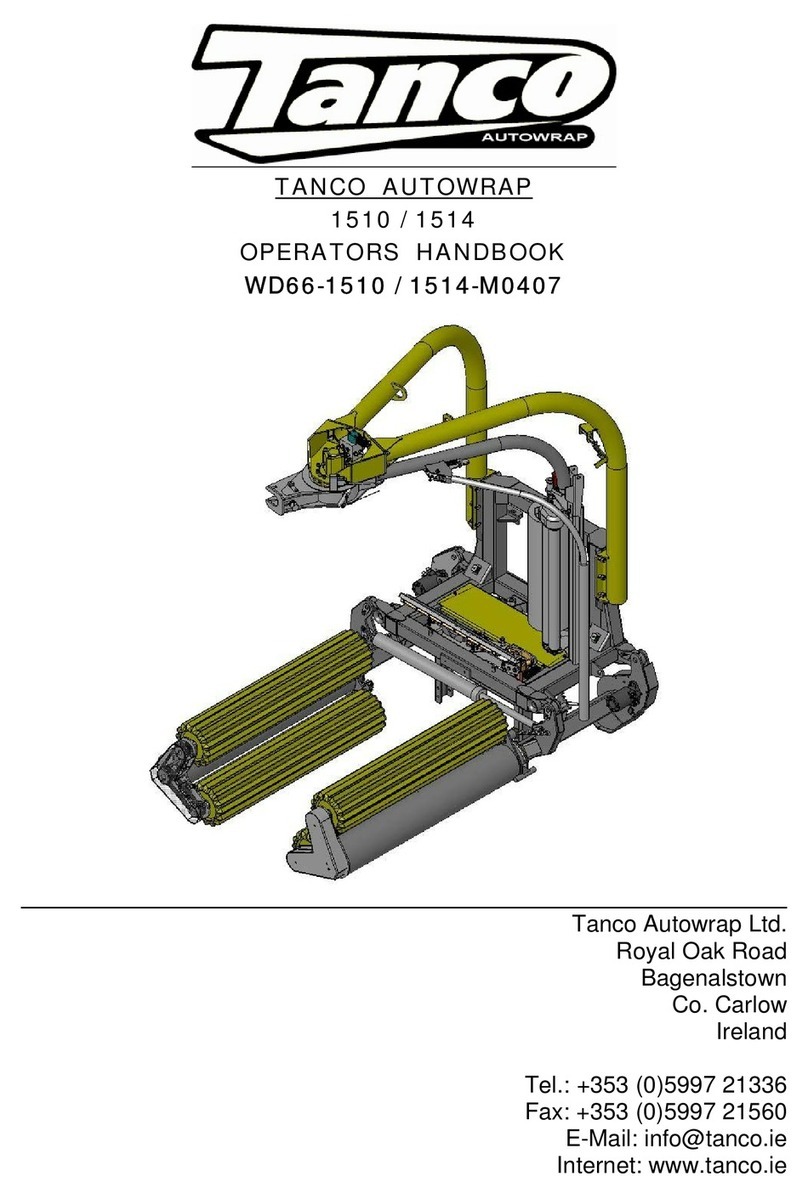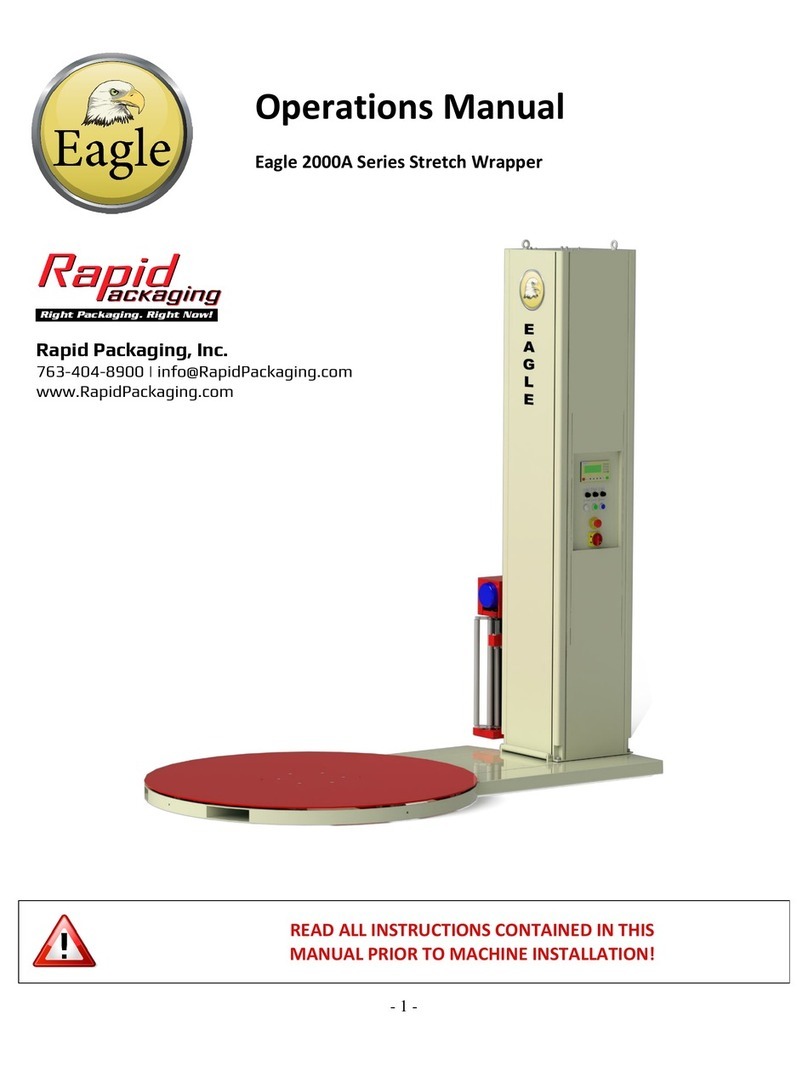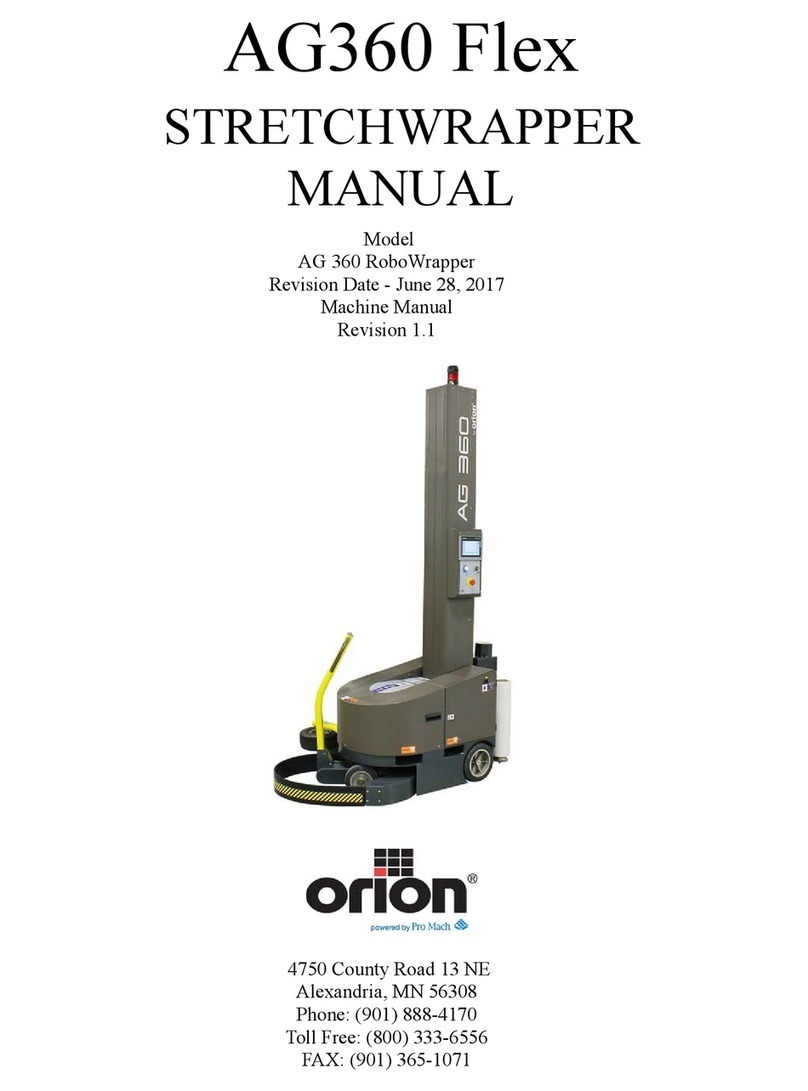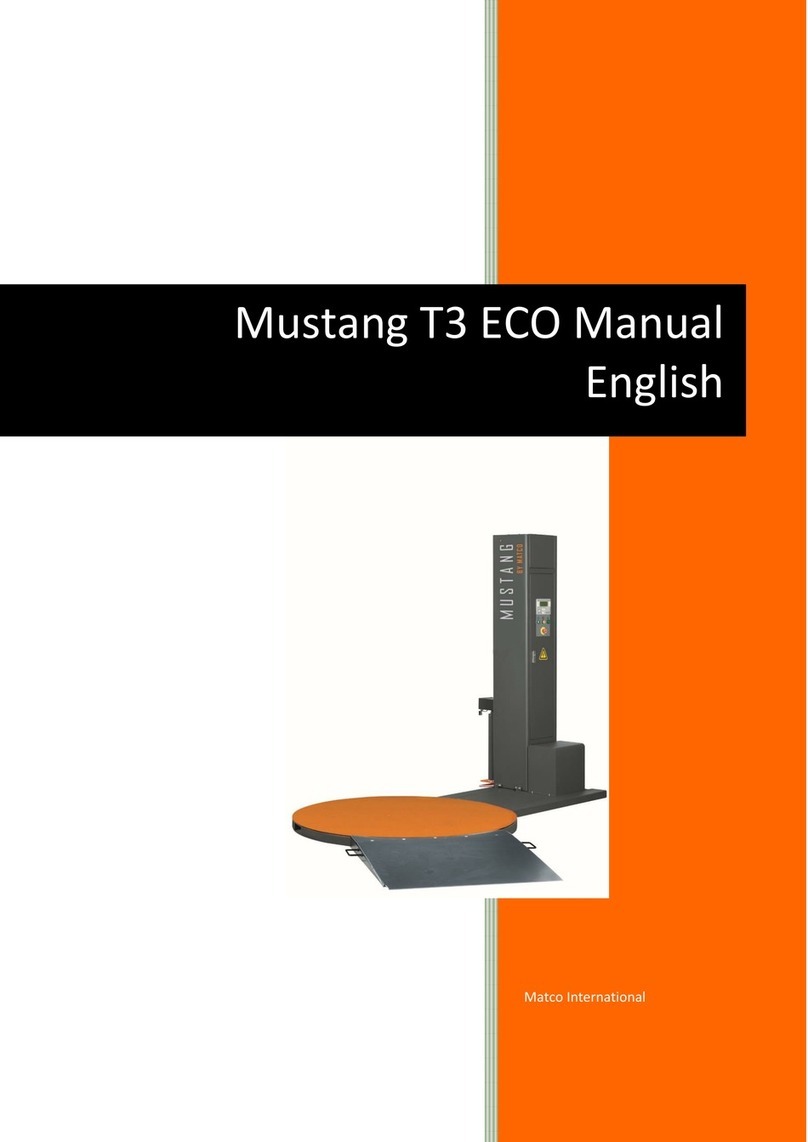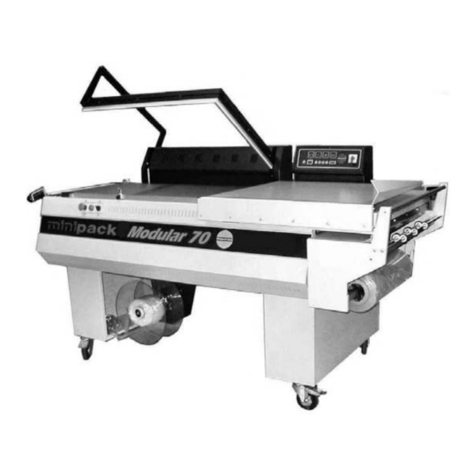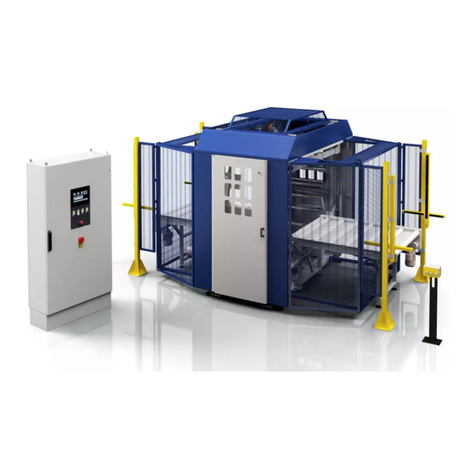
8
1. SICUREZZA E
ANTINFORTISTICA
1.1 AVVERTENZE GENERALI DI
SICUREZZA
• Prima di iniziare il lavoro l'operatore deve essere
perfettamente a conoscenza della posizione e del
funzionamento di tutti i comandi e delle caratteristi-
che della macchina; vericare quotidianamente tutti
i dispositivi di sicurezza presenti sulla macchina.
• L'operatore, prima di procedere alla partenza del
ciclo di lavorazione, deve assicurarsi dell'assenza di
PERSONE ESPOSTE nelle ZONE PERICOLOSE.
• Il datore di lavoro deve disporre e fare impiegare
dispositivi di protezione individuale conformemente
a quanto indicato sulla direttiva 89/686/CEE (e suc-
cessive modiche). Durante l’uso e la manutenzione
della macchina è Obbligatorio l'uso di dispositivi di
protezione individuale (DPI) quali calzature e tuta di
sicurezza, approvati per ni antinfortunistici.
• La pavimentazione nella zonadi lavorodella macchina
deve rimanere sempre libera da ostacoli o residui
solidi o liquidi sul terreno.
• E' vietato avvicinarsi nel raggio d'azione della mac-
china quando questi è in funzione.
• E' vietato far funzionare la macchina in modo auto-
matico con le protezioni sse e/o mobili smontate.
• E' assolutamente vietato inibire le sicurezze installate
sulla macchina.
• Le operazioni di regolazione a sicurezze ridotte devo-
no essere effettuate da una sola persona e durante
il loro svolgimento è necessario vietare l'accesso alla
macchina a persone non autorizzate.
• Il locale di installazione della macchina non deve
avere zone d'ombra, luci abbaglianti fastidiose, nè
effetti stroboscopici pericolosi dovuti all'illuminazione
fornita, quest'ultima deve essere uniformee con valori
illuminanti non inferiori ai 200 lx.
• La macchina può lavorare in aria libera a temperature
ambientali da + 5°C a + 40°C.
• La macchina deve essere usata esclusivamente da
personale qualicato.
LA MACCHINA DEVE ESSERE UTILIZZATA
DA UN UNICO OPERATORE ALLA VOLTA;
E' VIETATO OPERARE CONTEMPORANEA-
MENTE IN PIÙ DI UN OPERATORE.
1. SAFETY AND
ACCIDENT PREVENTION
1.1 GENERAL SAFETY INSTRUCTIONS
• Before starting work, the operator must be perfectly
familiar with the position and operation of all the
controls and machine features. Check all the safety
devices on the machine on a daily basis.
• Before starting the work cycle, the operator must
ensure that there are no EXPOSED PERSONS in
the HAZARDOUS ZONES.
• The employer must provide and instigate the use of
personal protective equipment conforming to the pre-
scriptions of directive 89/686/CEE (and subsequent
revisions). While using and carrying out maintenance
on the machine the use of personal protective equip-
ment (PPE) such as safety footwear and overalls,
approved for accident prevention, is obligatory.
• The oor around the machine working area must
always be left free of obstacles and with no solid or
liquid residue on the ground.
• It is prohibited to come within the working range of
the machine while it is running.
• It is prohibited to operate the machine in automatic
mode with the xed and/or mobile safety guards
removed.
• It is strictly prohibited to disable the safety devices
installed on the machine.
• Any adjustments operations that need to be carried
out with some of the safety devices disabled must
be performed by one person only, and unauthorised
personsmay not access themachine during thistime.
• The room in which the machine is housed must not
have any shadow areas, annoying bright lights or
hazardous stroboscopic effects caused by the light-
ing supplied. The lighting must be uniform and with
lighting values no less than 200 lx.
• The machine can operate in free owing air conditions
at ambient temperatures of +5°C to +40°C.
• The machine must be used exclusively by qualied
personnel.
THE MACHINE MUST ONLY BE USED
BY ONE OPERATOR AT A TIME, USE OF
THE MACHINE BY 2 OR MORE OPERA-
TORS AT THE SAME TIME IS FORBIDDEN.
